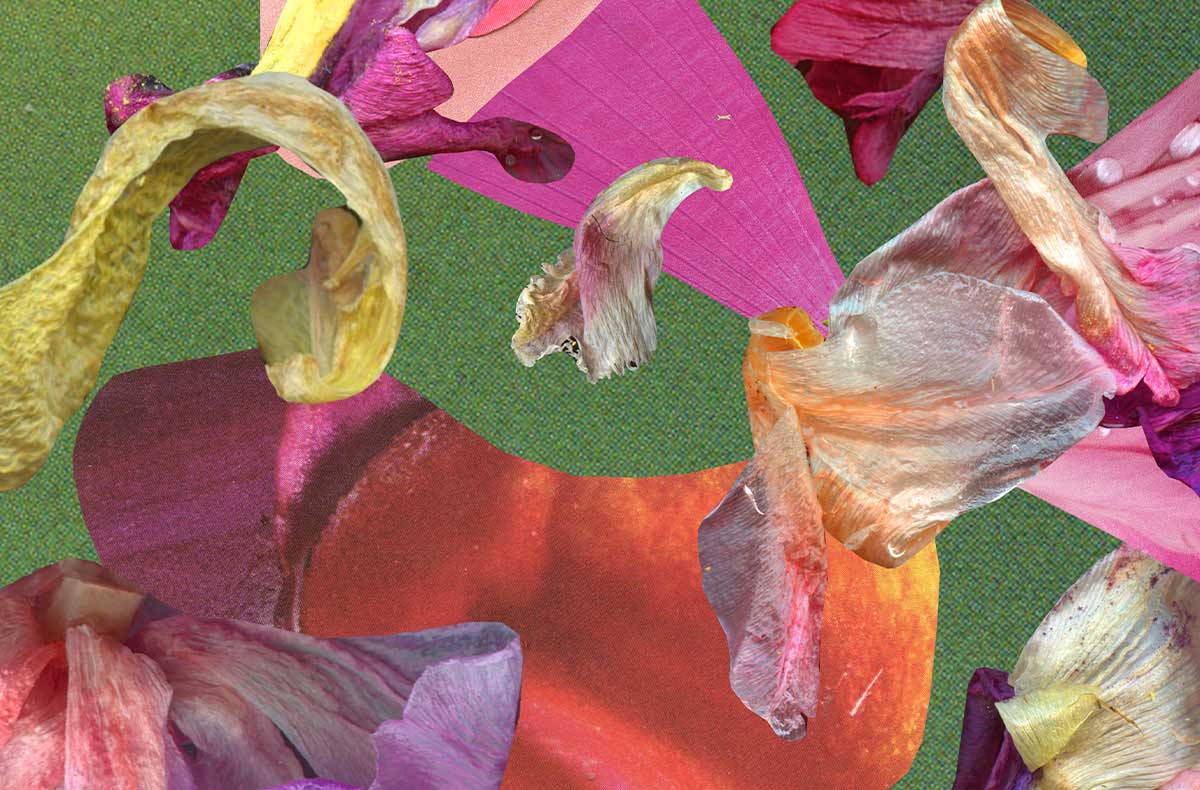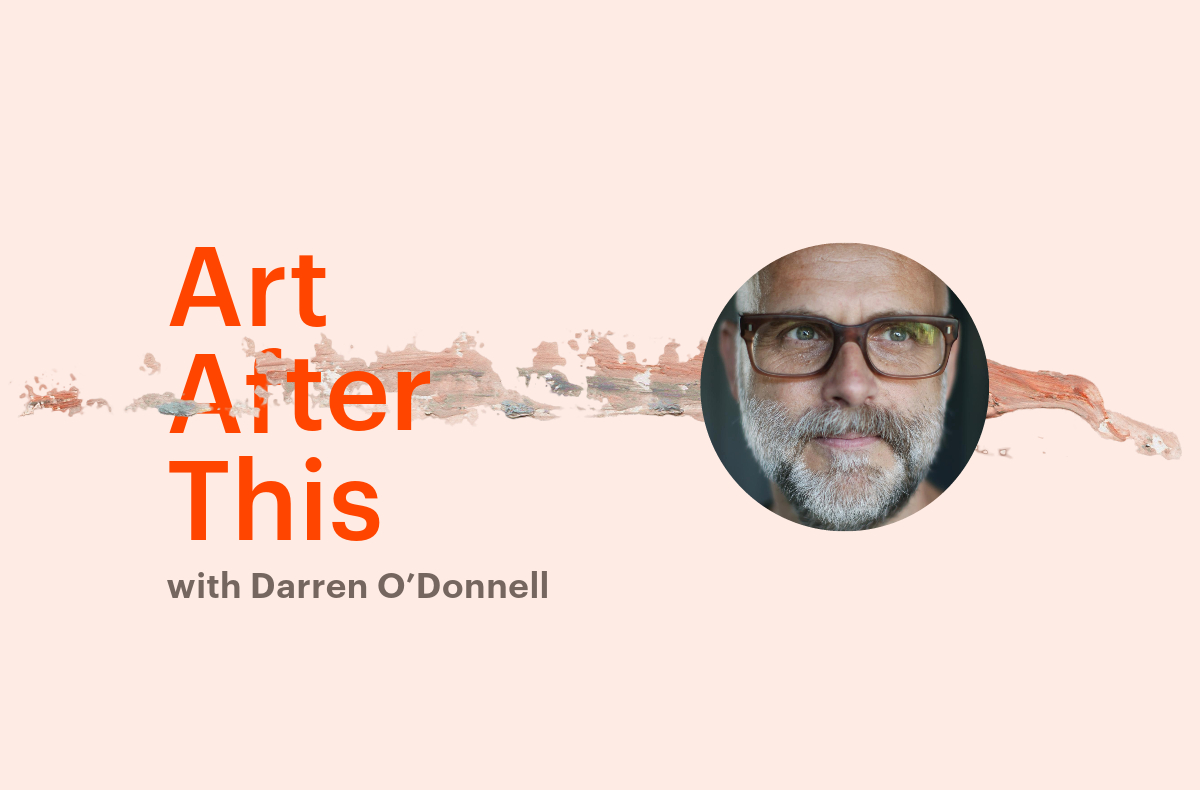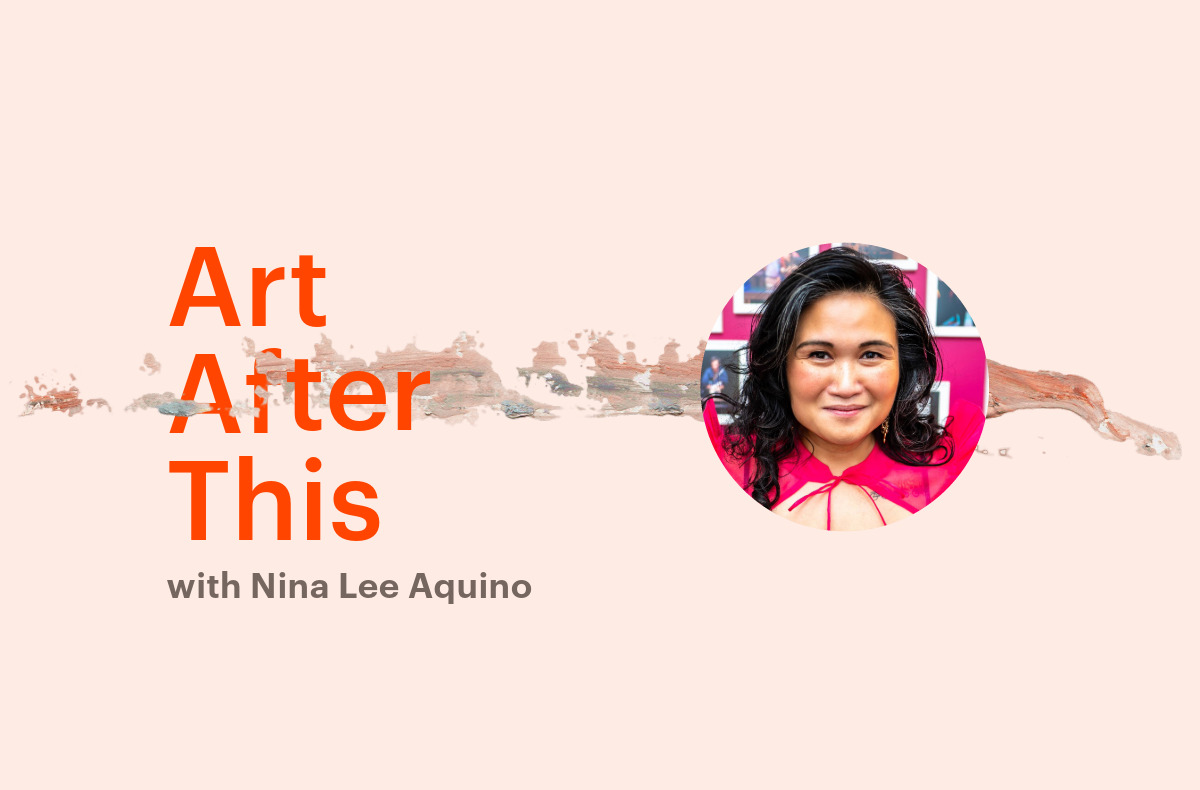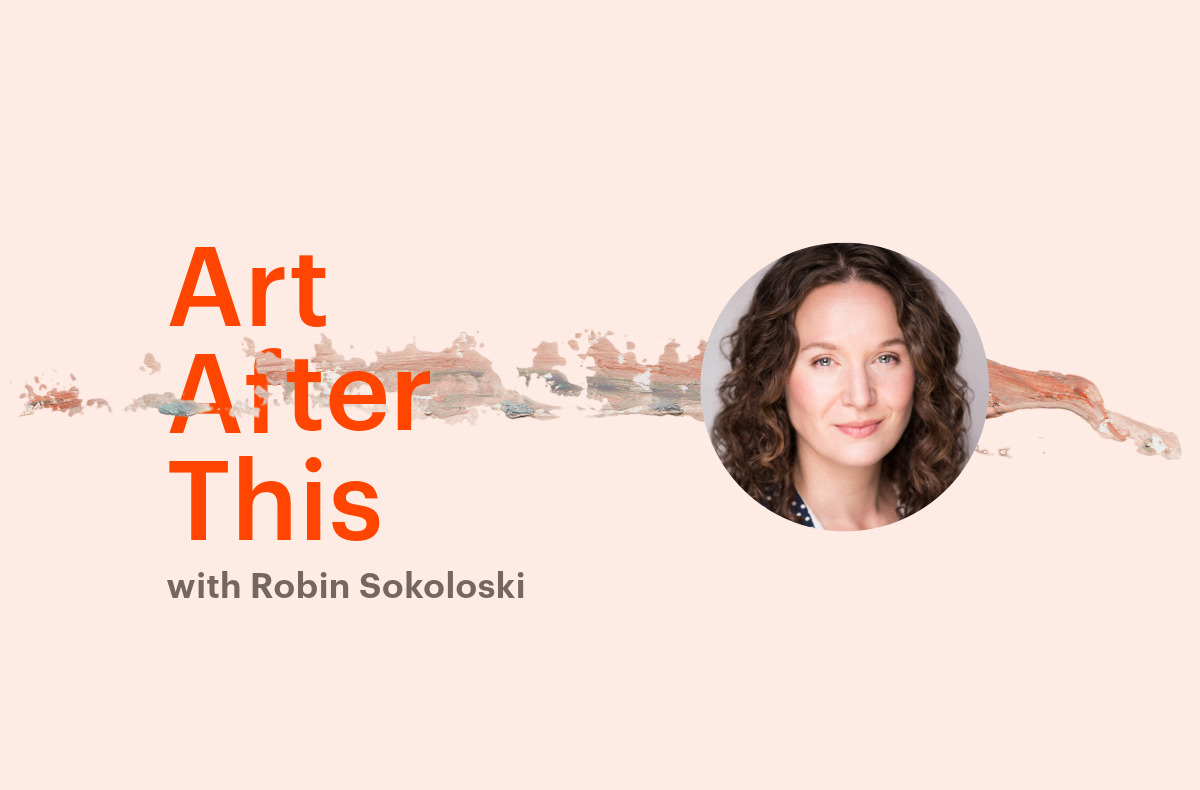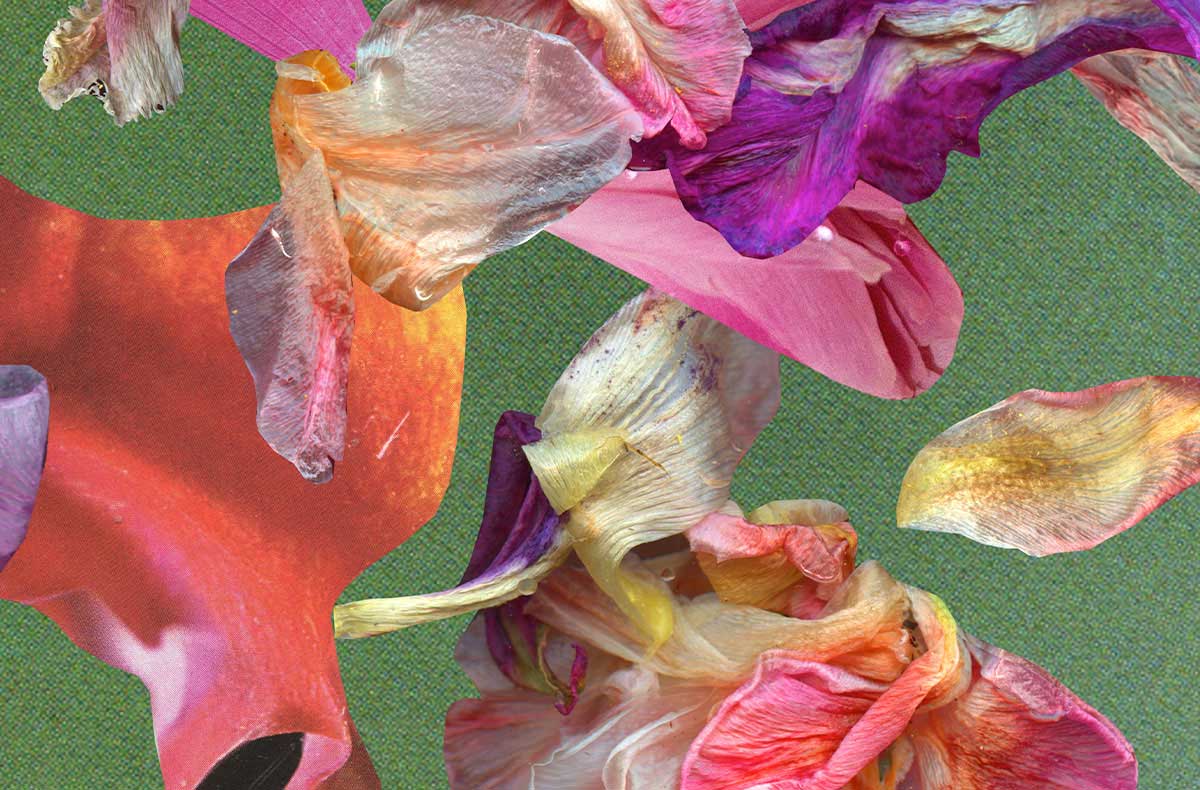By David Maggs, Metcalf Fellow on Arts and Society
The Meat or the Mast?
We often hear it said these days, the arts are expected to do so much. In addition to making art, we now must earn our keep by boosting tourism, increasing math skills, lowering recidivism, strengthening diplomacy, fixing mental health, treating COPD, and halting climate change. While I do think art can impact these areas in meaningful ways, I get how overwhelming the expectations feel, and how worried many of us are that we will lose ourselves to the pressure of delivering explicit forms of social impact instead of excellent encounters with art.
Two stories from the ancient Western world help frame this perilous task. One is of a pitiful dog, the other, of the most famous hero in Western literature.
The dog, crossing a rivulet with a piece of meat in his mouth, saw his own shadow represented in the clear mirror of the limpet stream; and believing it to be another dog carrying another piece of meat, he could not forbear leaping after it; dropping the piece he had in his mouth, which immediately sunk to the bottom and was irrevocably lost. (Aesop, The Dog and the Shadow)
The Sirens were mythical beings believed to have the power of enchanting and charming, by their song, anyone who heard them. When Odysseus came near the island on which the Sirens were endeavouring to allure him and his companions, he stuffed the ears of his companions with wax and tied himself to the mast of his vessel, until he was so far off that he could no longer hear their song. (Homer, Odyssey, xii)
Where the dog is outsmarted, Odysseus outsmarts. Notice, however, that their dilemma is the same: how to have one’s cake and eat it too.
That is my hope when it comes to art and social impact. Can we structure the relationship in such a way that we avoid the dichotomy of “art or social impact” in order to arrive at a relationship between “art and social impact” instead? As the dog warns us, lunging for it open-mouthed may be unwise, while Odysseus reveals that with a little strategy and the right mast, it is not impossible. Wondering how to get there from here, I find myself thinking about where this expectation of social impact comes from, along with several tensions that emerge when we try to make it happen.
Why Do We Think Art Has Impact?
Belief in the social impact of art appears to be timeless, from Plato’s suspicions of the poets, to Stalin’s belief in artists as “engineers of human souls,”1 to climate activist Bill McKibbon crying out in 2005 “what the warming world needs now is art sweet art.”2 Given its immense historical and ideological range, the assumption appears to be self-producing. That we are turning to art to shape our societies based on nothing more than a tacit recognition of how art has shaped us?
Effect vs. Processes
The idea that our faith in the impact of art is built around its impact on our own lives is reassuring. But also risky. For here, we can know it works without having any idea how or why. This is a dangerous relationship to have with any tool. One that, in the case of art and impact, finds us often trying to replicate effects instead of processes — trying to reproduce what art does in our social impact agendas, rather incorporating how art works into our relationships with a given concern. Wanting the impact of art without the integrity of artistic processes, is where we tend to disenchant the very power for which the help of art was sought in the first place. Where, that is, we leap into the river, open-mouthed.
Cultural Value vs. Social Value
What was in our mouth to begin with? And what are we leaping for? These questions raise a distinction between cultural impact and social impact. The difference became clear for us in work Metcalf is doing on impact investing and cultural sectors. Here, an arts organization was seeking investment for a building dedicated to artist studio space. They identified the impacts of the project on artists, art-making, and audiences (cultural impact). Of the investors examining the project, all the arts funders were content. Bank of America, however, was unconvinced. Only when the project added illustrations of community development, intergenerational activity, and youth engagement (social impact) were they ready to invest. In other words, only when impact crossed from cultural to social did it become visible for the non-arts funder in the room. To position the arts as a social benefit sector, and to stand alongside health, education, environment, poverty reduction, and others delivering clear, universal social benefits, we need to become bilingual. We need to be able to speak both languages — cultural impact and social impact, translating as effortlessly as we can between them.
Making Art Useful vs. Understanding the Usefulness of Art
As is so often the case, learning to speak a new language may help us get better at speaking our own. In other words, while we work to focus and translate our projects into clearer illustrations of social impact, I hope we can also improve our ability to illustrate and articulate the value of cultural impact. Why is culture such an essential part of human existence? What is it about us as humans that requires the nurturing of cultural experiences? What are the different cultural needs of a multicultural society and how does a cultural sector best respond? A more explicit sense of cultural needs can help our sector become more service-oriented, community-focused, and useful, without the expanded work of social impact. Work for which not all organizations are well equipped.
Aesthetic Priorities vs. Aesthetic Merit
However, defending the integrity of arts practices within pressures to deliver social impact often starts a fight between “good art” and “useful art.” In response, some community engaged artists, or social practice artists, explicitly reject the idea of aesthetic merit (i.e. don’t worry about making the art good). Yet in an effort to democratize the bath, might we be throwing out the baby? Consider the benefits of choral singing for COPD patients. Isn’t the reason this works precisely because those COPD choristers are worried about making the art good? They could have done lung capacity exercises that measure the volume of their inhale and score the length and force of their exhale. But if we find these elements more positively impacted through choral singing, isn’t it because that person is worrying about the aesthetic? That is, trying to make their vocal part the right dynamic, the right colour, the right expressive quality? Trying to shape the vowel properly, and prevent the melodic line from being interrupted with a breath? Worrying about the aesthetic is what gives the experience its unique therapeutic dimension. Prioritizing cultural value delivers social value in this case.
As we move into explicit practices of social impact with our arts practices, it is understandable that many activities may not achieve aesthetic merit as they can with practiced artists. But the reason the arts are there (instead of social workers, respiratory therapists, or occupational therapists) is to nurture qualities of attention and activity that centre around aesthetic priorities. Art is not a force for change without the burden of beauty. Through our desires to live up to our aesthetic imaginations we pull something new from ourselves, whether we are the most humble of amateurs or the most neurotic of professionals.
Conclusion
Odysseus knew what his unique value proposition was — he had a boat. Without that, there was no odyssey. So when it came time to sail near the treacherous waters of the Sirens, he tied himself to it so that he did not abandon it, no matter how tempting it might have felt at the time. Our unique value proposition is our capacity to attend to the world in terms of the aesthetic, to pay attention to ourselves, and each other, and the world around us in terms of form and pattern, texture, colour, rhythm, harmony, imagery, scale, pitch, metaphor, frequency, and duration. This is what we must fasten ourselves to in braving the waters of social impact. Yet as we go on this adventure, let’s take it upon ourselves to go in two directions at once: expanding the range of social impacts we might come into relationship with, while deepening our understanding of cultural impact as essential to a healthy society.


